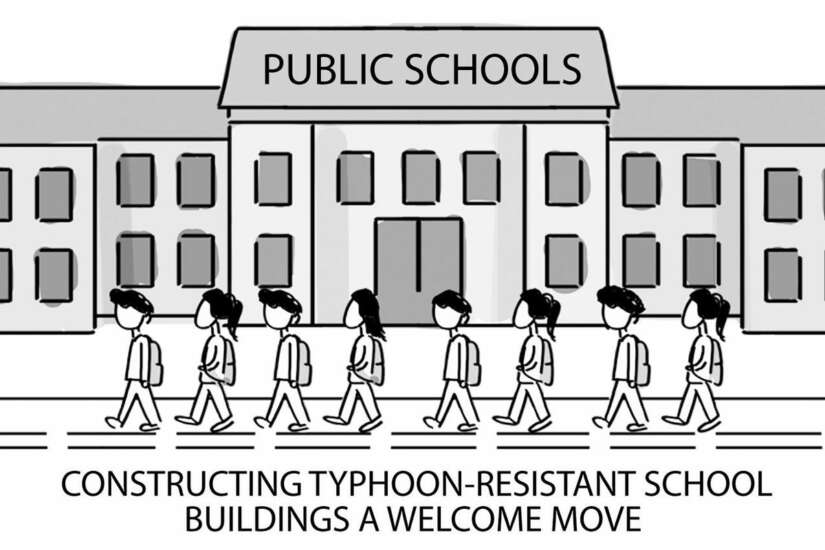EVERY year, typhoons, storms, floods and other natural calamities damage or completely destroy school buildings not only in the metropolis but throughout this impoverished Asian nation.
And the “bad news” is that billions of pesos in Filipino taxpayers’ money will have to be spent just to repair damaged structures or construct new school buildings, according to education observers.
That’s why we cannot overemphasize the importance of constructing typhoon-resistant school buildings as proposed by the chair of the Senate committee on basic education, arts and culture.
Sen. Sherwin “Win” Gatchalian, committee chairman, said the Department of Education (DepEd) and the Department of Public Works and Highways (DPWH) ought to address the problem.
This the DepEd and the DPWH will do by constructing public school buildings that can withstand wind speeds of 320 kilometers per hour and moderate seismic activity of at least 7.2 magnitude.
The soft-spoken senator said the structures should also use materials in accordance with Republic Act (RA) No. 6541, otherwise known as the National Building Codeof the Philippines.
“Sa ating pagkukumpuni o pagpapatayo ng mga bagong gusali…kailangang siguraduhin natin na ang disenyo ng mga ito ay kayang makaiwas sa pinsalang dulotng mga kalamidad,” said Gatchalian.
Note that no less Education Undersecretary for Administration Alain Pascua had earlier said that if many school buildings are damaged during typhoons, blame it on “substandard construction.”
He said Typhoons Ulysses and Rolly damaged 1,190 schools in 167 divisions and 1,739 schools in 36 divisions, respectively.
A staggering P8.9 billion is needed to rebuild the storm-hit schools.
Considering the country’s exposure to natural calamities all-year round, it’s certainly time to construct typhoon-resistant school buildings, particularly in disaster-prone communities.

